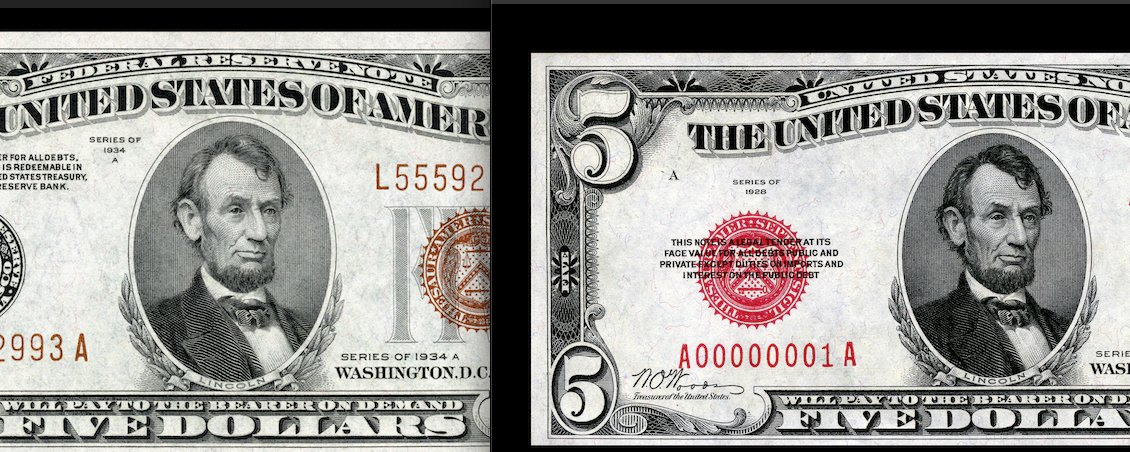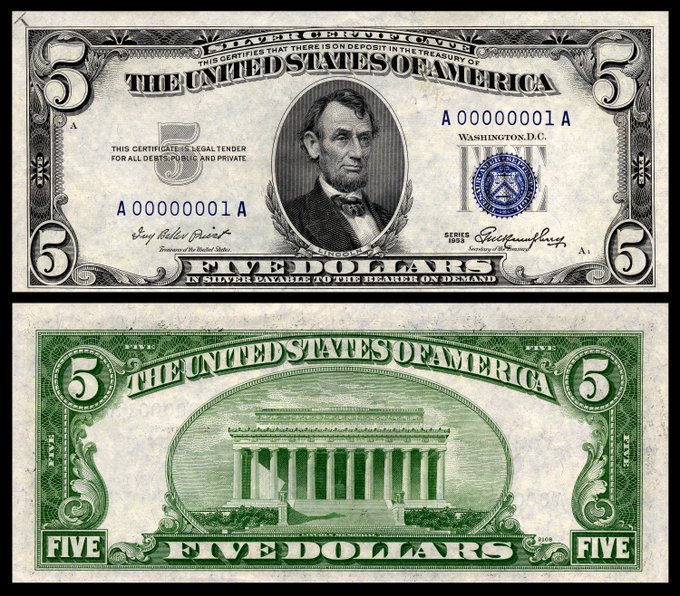David’s Note: This article was substantially revised on October 12, 2025 to incorporate new research and provide a more comprehensive analysis.
Executive Summary
This report argues that the Guiding and Establishing National Innovation for U.S. Stablecoins (GENIUS) Act represents a fundamental misinterpretation of digital asset technology’s strategic value. The Act integrates stablecoins into the peacetime financial system to foster innovation. However, this policy creates a significant national security liability. It strengthens a global infrastructure that adversaries exploit for illicit finance and sanctions evasion.
The core argument is that the technology’s decisive value is not in peacetime commerce. Instead, its highest and best use is as a strategic military asset reserved for times of declared conflict. This analysis examines the GENIUS Act, the arguments of its proponents and opponents, and the extensive evidence of security threats posed by the peacetime proliferation of cryptocurrencies.
As an alternative, this report proposes a “Wartime Digital Asset Act.” This framework would restrict the peacetime use of public cryptocurrencies. It would simultaneously develop the underlying technology as a strategic military reserve. This capability would be activated only upon a declaration of war by Congress for critical applications. These include resilient command and control, secure logistics, and wartime finance.
The report concludes that true technological leadership requires the precise application of innovation to its most decisive purpose. In this case, that purpose is to serve as a reserved instrument of national power.
(more…)


